Stella Hall Conservation Area Offers Unique Habitats in One Special Place
June 17, 2024

COVENTRY, R.I. — Within the Stella Hall Conservation Area’s 71 acres, three different habitats co-exist.
On their own, the pine barren, Atlantic white cedar swamp, and scrub wetlands habitats found in Stella Hall are special enough. But to find them all within the borders of a single conservation area is truly unique.
Pine barrens, found in scattered locations from Maine to New Jersey, are characterized by sandy soil with few nutrients that are prone to drought. Because pine barrens often have a history of relatively frequent fires, many of the plant species found in a barren are adapted — and in fact sometimes need — fire to survive.
For example, the pitch pines found in the Stella Hall pine barren are “specialized to fire — pitch pine cones need fire to burst open so they can expel their seeds,” said Jenna O’del, a wildlife biologist and the vice president of the Coventry Land Trust, which oversees the conservation area.

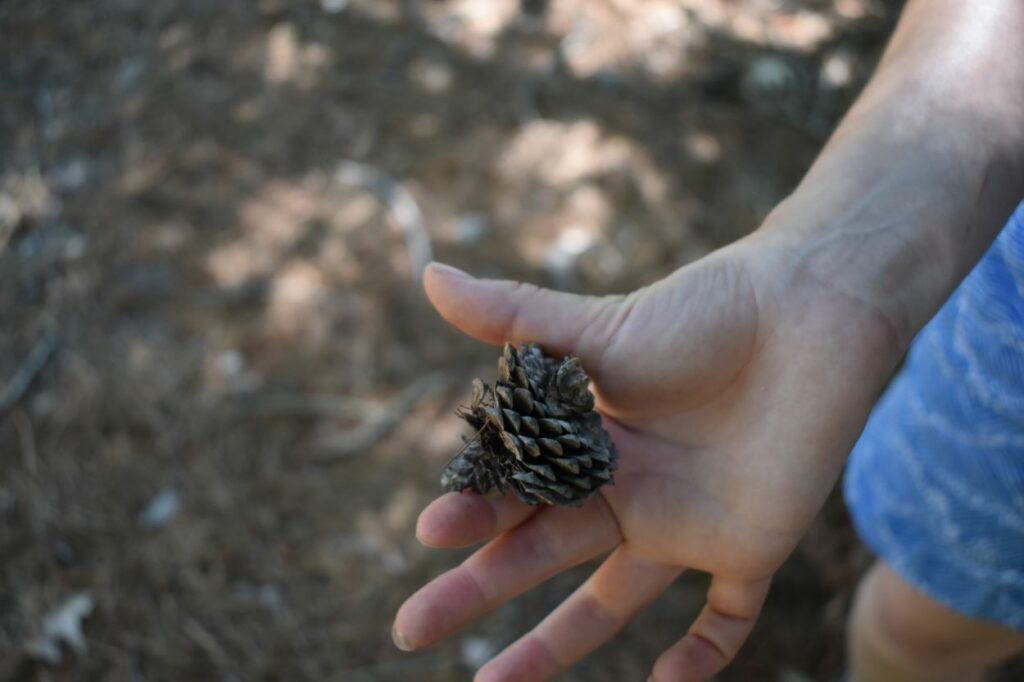
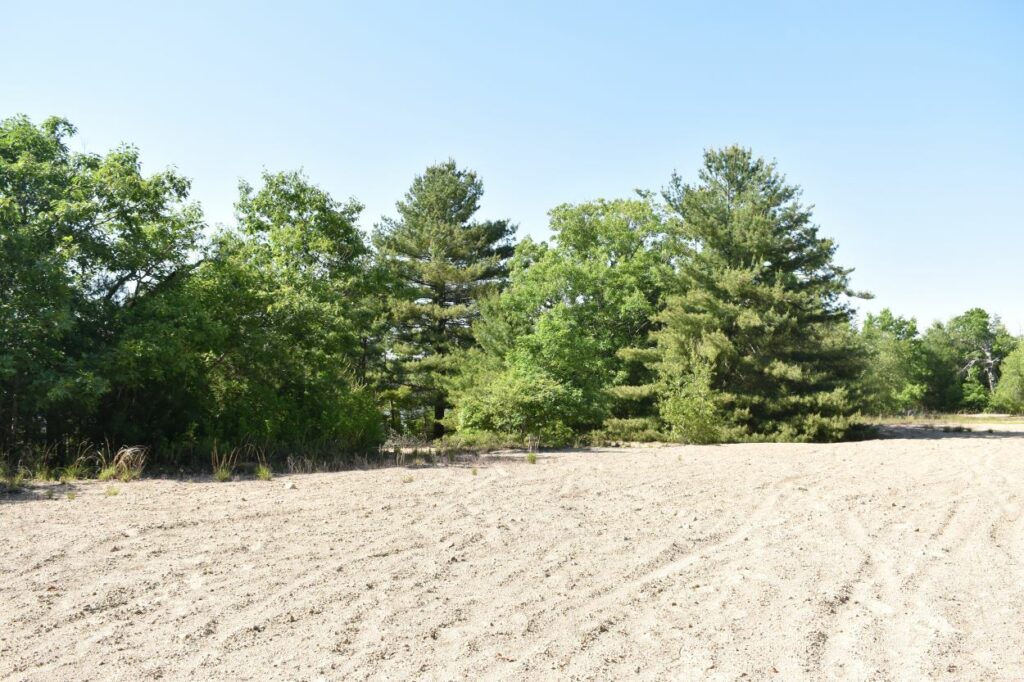
The ideal fire for a pitch pine, O’del said, is a ground fire that heats the trees just enough to allow them to spread their seeds, as opposed to a “crown fire,” which is “incredibly dangerous.”
Another characteristic of a pine barren is that not much else grows in the acidic soil, as was evident in Stella Hall. The sandy, rocky soil was mostly bare and open, ringed by pine trees and small scrubby grasses.
Near the pine barren, on a short trail leading to Stump Pond, O’del noticed what looked like tiny Venus flytraps growing along the path. A closer look revealed them to be round-leaved sundew, a carnivorous plant that grows in the acidic soil on the shores of boggy areas.
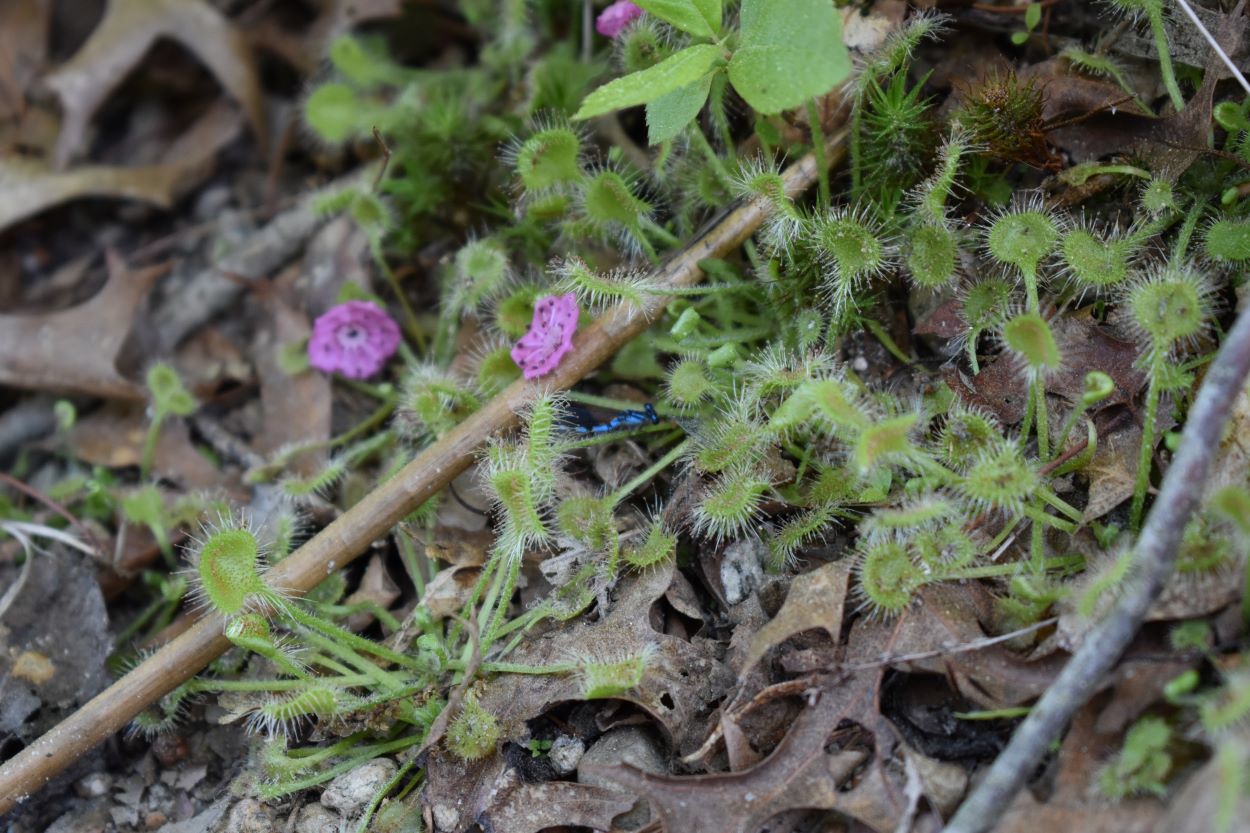
“At the edge of [the plant] you have some fringy bits and some sticky things on the fringy bits,” O’del said, explaining in layman’s terms how the plant works. “And the nectar on the fringe allows it to attract bugs. They smell the nectar, come to investigate, and get stuck.” Then, she said, the plant dissolves the insect.
Although it’s not far from the pine barren — about a 10-minute walk — the Atlantic white cedar swamp is an entirely different habitat. Unlike the open, dry pine barren, the shady swamp is dominated by towering cedar trees and punctuated by grassy tussocks. The rare habitat is found in a narrow band within 100 miles of the coast along the Eastern Seaboard, and much of it is found in Massachusetts.
Judging by the size of the cedar trees in Stella Hall, O’del said, “The cedar swamp has definitely been here for a long time. Like at least 150, if not 200, years. Those trees take forever to get big.”
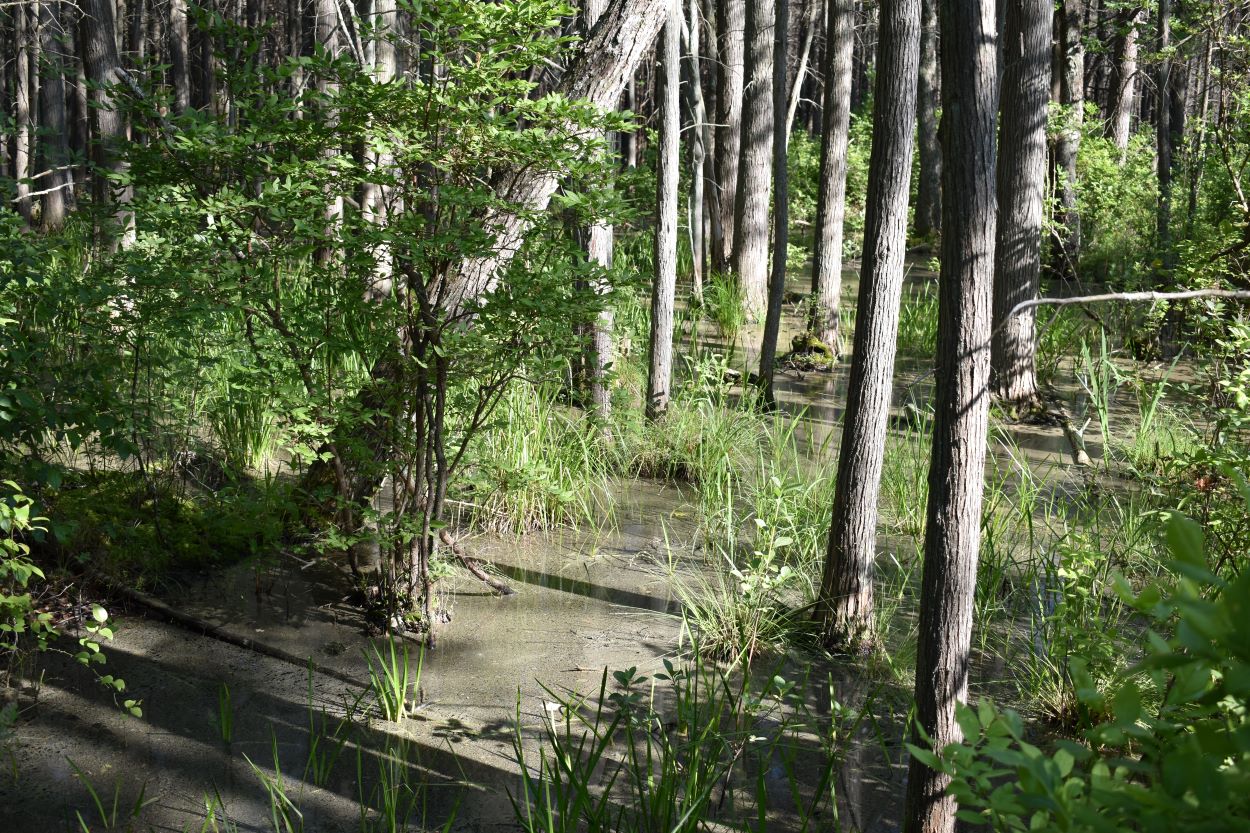
A trail bisects the cedar swamp and dead-ends at Stump Pond, where two beaver dams have delineated this section of the pond into three levels. An earlier dam was removed by the town, O’del said, but the beavers quickly replaced it.
In the sand near the pond were a number of shallow nests dug by turtles in which to lay their eggs. Sprinkled near one nest were the remnants of shells — O’del said those eggs were probably eaten, either by a coyote, fisher, or perhaps a skunk, during the baby turtles’ 1-month to 6-week incubation period.
Not far from a turtle’s nest, at the edge of the pond, O’del bent down and pointed to two small, slick areas in the mud leading into the water. “That’s called a beaver slide,” she said, explaining that beavers build them “because they have a hell of a time walking on land. So this makes it easier for them to get in and out” of the water.
Pointing to the different levels of the pond dammed by the beavers, which slowed but did not stop the water from flowing into the various levels, O’del explained that it was all by design.
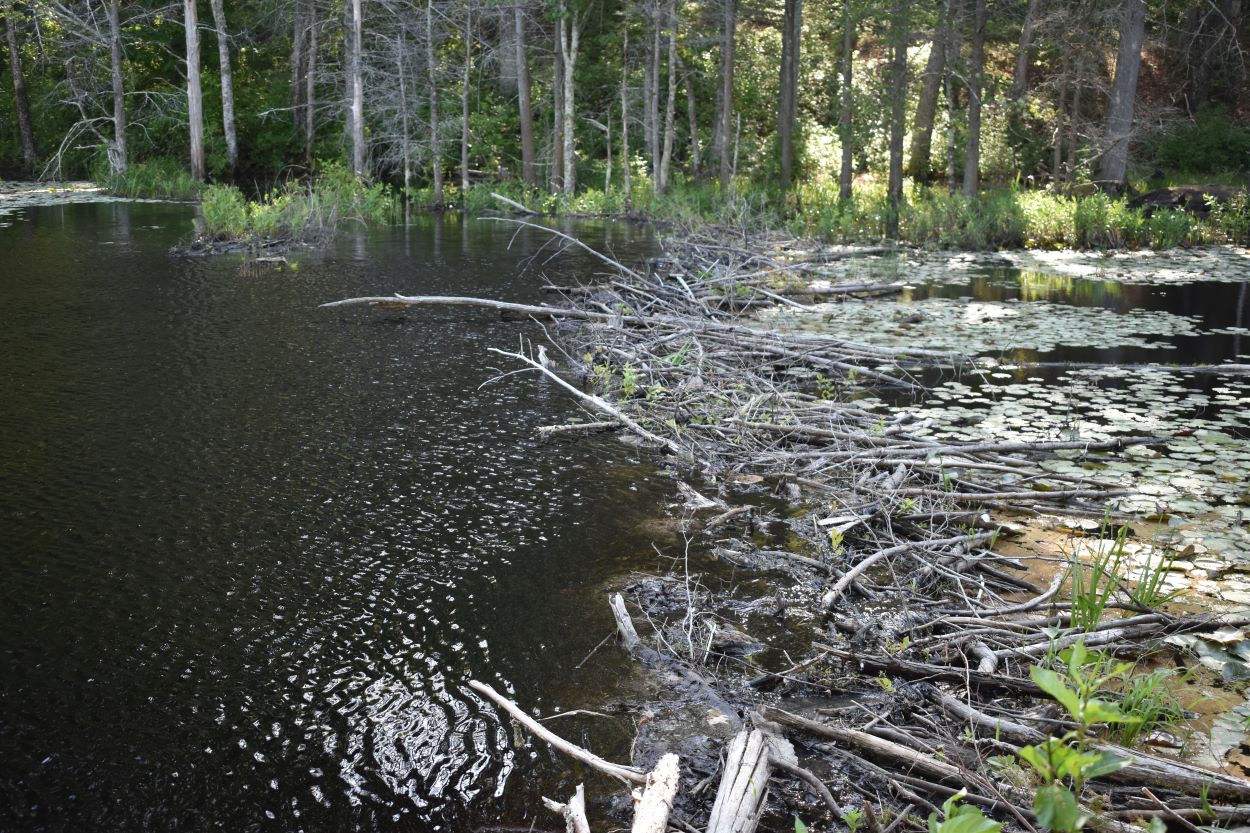
The dams “have water flowing through [them] … beavers don’t mind some water flowing through as long as the pond they’ve created does whatever they’re trying to do,” she said.
Each level created by the beavers served their purpose, she said. “You can see the height difference” in each level, she said.
To the right of the trail as hikers enter the preserve are the scrub-shrub wetlands, which are the predominant habitat found in the conservation area. The freshwater wetlands occur in areas that are too wet to become swamps, but too dry or shallow to be marshes. Scrub wetlands usually have more shrub cover than trees, consisting of true shrubs, young trees, and trees or shrubs that are small or stunted because of the conditions.
Stella Hall was bought by the town in 2007. The trails can be accessed through a parking lot on Phillips Hill Road about 600 feet south of Whaley Hollow Road. There are four wide, blazed trails in the conservation area — yellow, blue, white, and orange — that range in length from 0.05 miles to 1 mile.

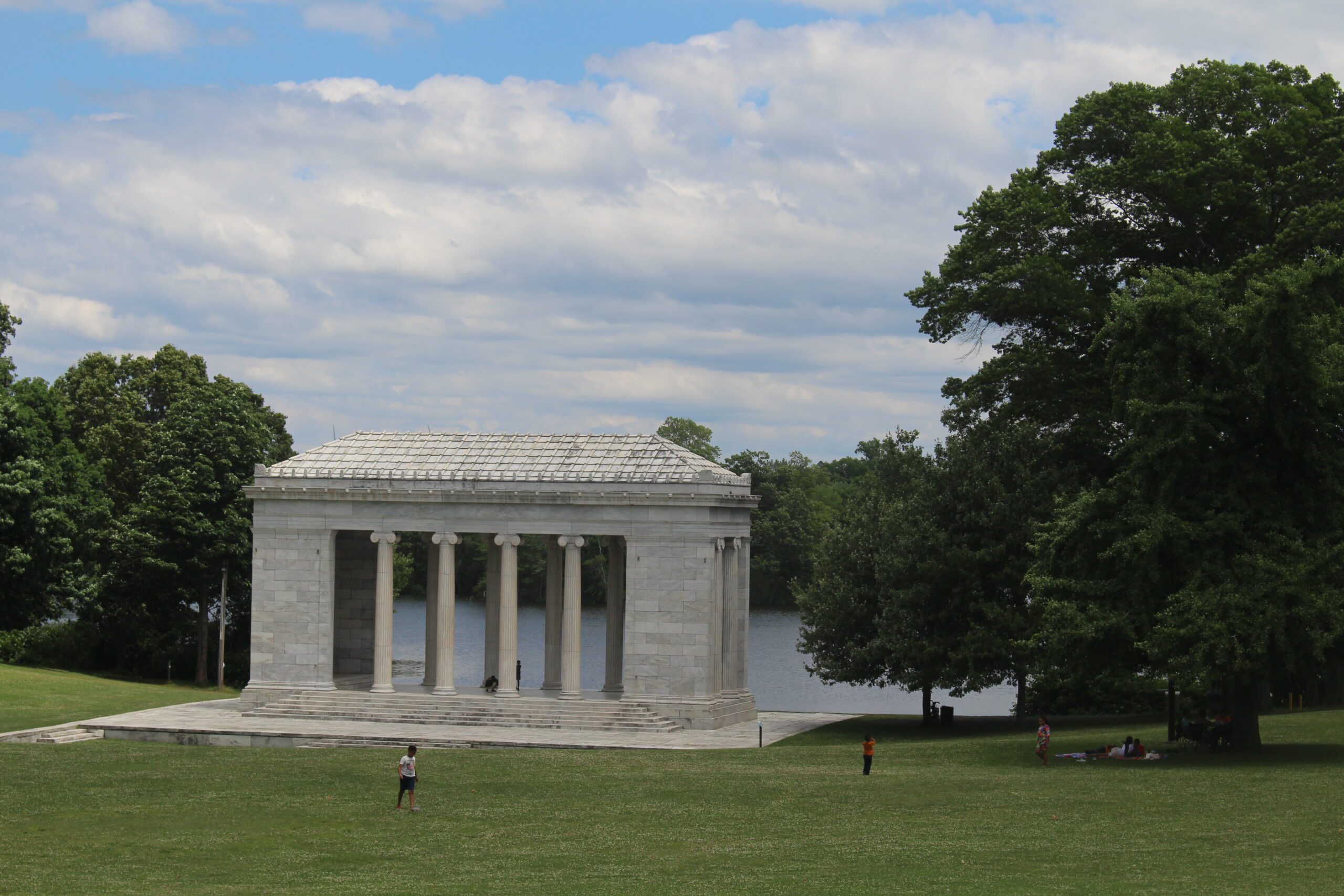
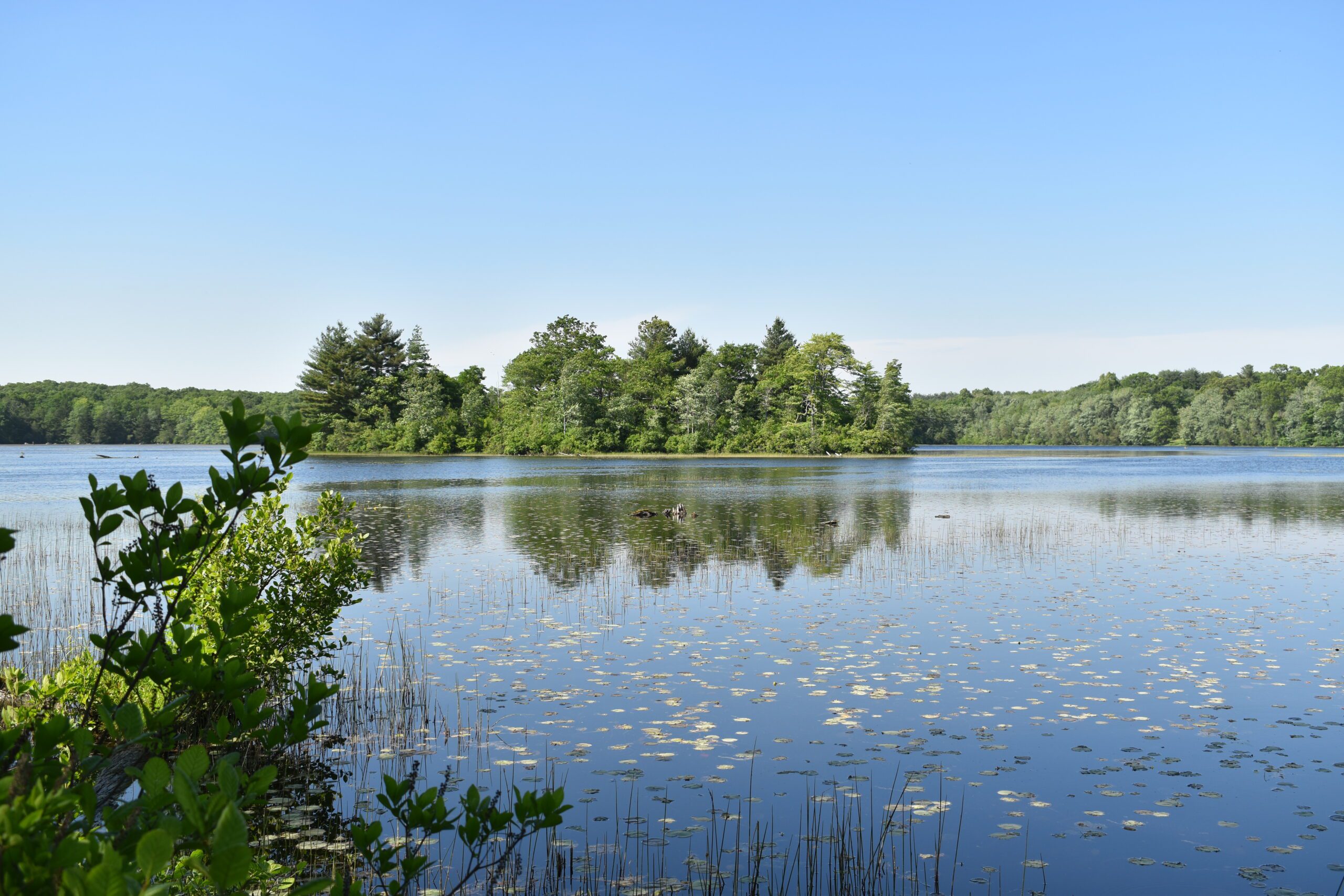
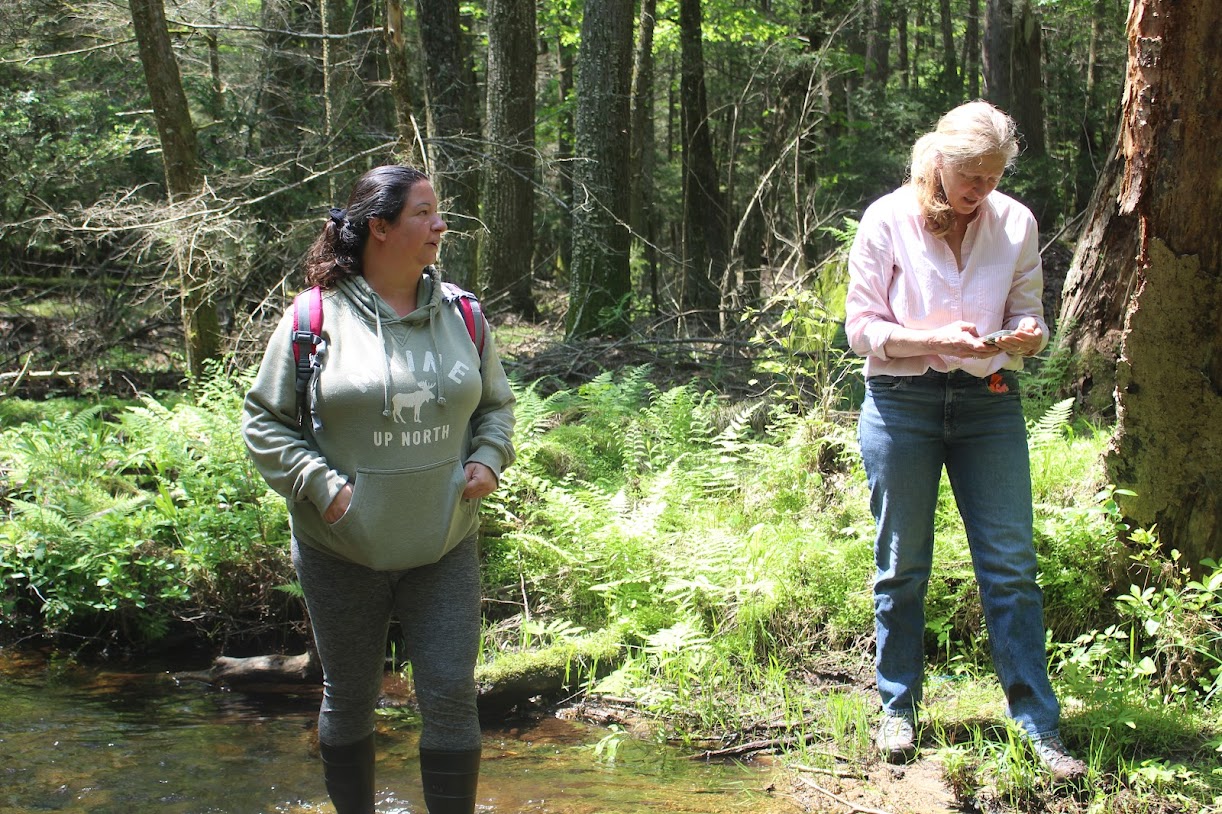
I believe the entrance to the trails is North of Whaley Hollow Rd. I’ve lived on Whaley Hollow since 1966 and if you want to access Stump Pond, there is a trail north of what was a sandbank on Phillips Hill Rd, North of Whaley Hollow. It was previously referred to as George Hall’s Point.